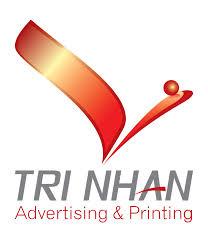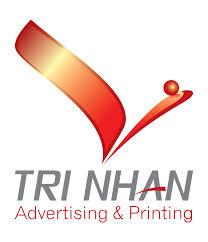Precision movement systems are integral to various applications requiring accurate positioning and motion control. These systems utilize linear actuators to achieve high levels of precision in tasks such as machining, assembly, and testing. The growing demand for automation and the need for improved accuracy in industrial processes are driving the market for precision movement systems. As industries continue to evolve, the integration of advanced technologies in these systems will lead to enhanced performance and efficiency.
The linear actuator market is a critical segment of industrial automation, robotics, and machinery. Linear actuators convert rotational motion into linear motion, enabling precise movement and positioning in a wide range of applications. They are used in industrial machinery, automotive systems, medical devices, aerospace, and consumer electronics. The growing demand for automation and the need for enhanced operational efficiency are driving the adoption of linear actuators across various sectors.
Market Drivers
The linear actuator market is primarily driven by the increasing adoption of automation in industrial and commercial applications. Industries are seeking solutions that improve accuracy, reduce manual labor, and enhance productivity. Linear actuators offer precise control of motion, making them ideal for applications requiring high reliability and repeatability. Additionally, the rise of electric vehicles and smart devices has expanded opportunities for actuator integration in automotive systems and consumer electronics.
Technological Advancements
Advancements in linear actuator technology have significantly improved performance, efficiency, and versatility. Modern actuators are equipped with electric motors, sensors, and feedback systems for precise motion control. Innovations in materials, design, and energy efficiency have enhanced actuator durability and reduced power consumption. Integration with IoT and automation software enables real-time monitoring, predictive maintenance, and seamless system integration, further boosting market growth.
Applications Across Industries
Linear actuators are extensively used across industries. In manufacturing, they control machinery, robotics, and assembly lines with high precision. The automotive sector uses actuators for adjustable seats, throttle control, and braking systems. Healthcare applications include hospital beds, surgical tables, and medical devices that require accurate movement. Aerospace and defense industries rely on actuators for positioning control and critical systems operations. Consumer electronics, such as automated furniture and home automation devices, also benefit from linear actuator technology.
Regional Insights
The linear actuator market is growing globally, with North America and Europe leading in technological adoption and R&D investment. Asia-Pacific is emerging as a significant market due to rapid industrialization, automotive production growth, and increasing automation in manufacturing. Countries like China, Japan, and South Korea are driving actuator demand for robotics and smart device applications. Middle East & Africa and Latin America are witnessing gradual adoption as industrial automation and infrastructure development increase.
Challenges and Opportunities
Challenges in the linear actuator market include high initial costs, complex integration, and maintenance requirements. However, these challenges create opportunities for manufacturers to innovate cost-effective solutions, provide customized actuators, and offer advanced integration services. The shift toward Industry 4.0, robotics, and smart manufacturing is expected to open new avenues for linear actuator adoption, especially in precision-critical applications.
Future Outlook
The future of the linear actuator market is promising, with continuous advancements in technology and increasing global adoption. The trend toward electric vehicles, smart devices, and industrial automation will fuel demand for precise and efficient actuator solutions. Manufacturers are focusing on R&D to improve actuator speed, load capacity, and durability. As industries seek greater operational efficiency, linear actuators will remain a key component in automation and motion control systems.
FAQs
Q1: What is a linear actuator used for?
Linear actuators are used to convert rotational motion into linear motion, enabling precise positioning and movement in machinery, vehicles, medical devices, and robotics.
Q2: What types of linear actuators exist?
Common types include electric, hydraulic, and pneumatic actuators, each offering specific advantages depending on the application.
Q3: Which industries are driving actuator demand?
Industrial automation, automotive, healthcare, aerospace, and consumer electronics are the primary drivers of linear actuator demand.
More Related Reports:
Super Precision Bearing Market Growth


